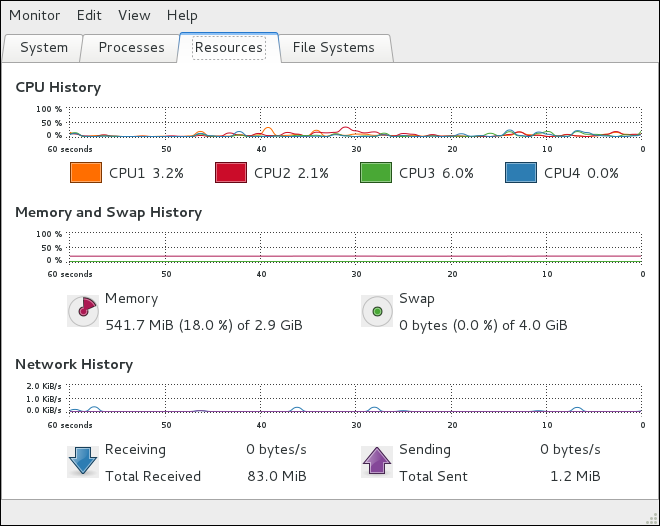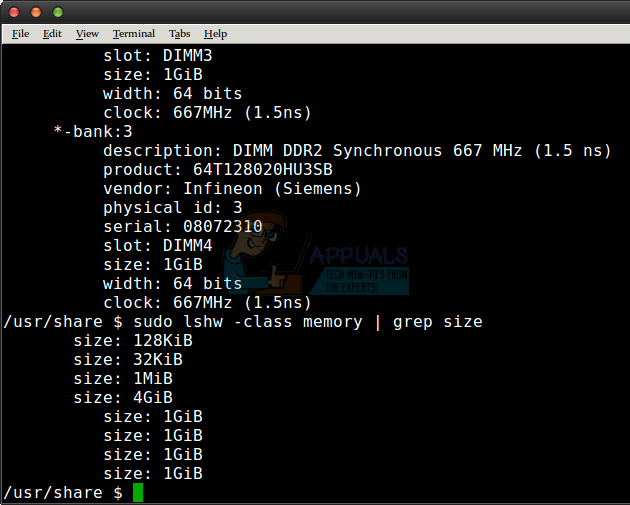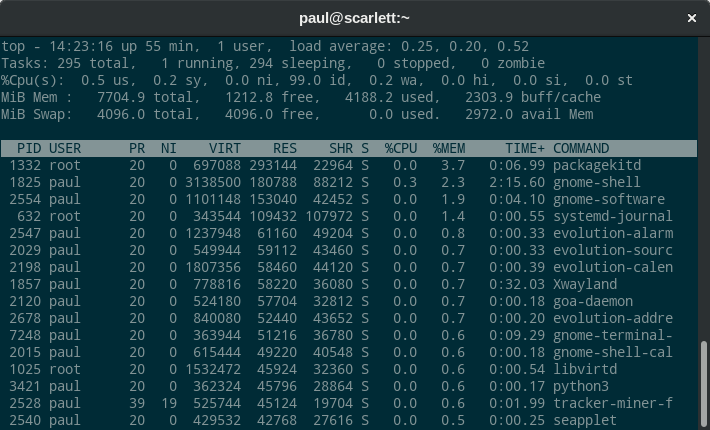Fantastic Tips About How To Check Memory In Fedora

The simplest and perhaps the most reliable way is to use the following command in a terminal:
How to check memory in fedora. Check the content of /proc/cpuinfo. When a ram storage value exceeds its maximum capacity, swapping begins. The procedure to find and show random access memory (ram) in gigabytes (gb) is as follows:
Vmstat command along with the “s” parameter with show you memory uisage statistics, from there you will also be able to get total ram memory and free memory. If you want to see the buffers and cache memory separately, then run the free. By default, the free command shows the buffers and cache memory usage in the buff/cache column.
Open your terminal (linux, macos),. You can see the free and used physical. Check second last line saying mem:
It shows the amount of free and used memory on your linux system. Cat command to show linux memory information. To do this, click on the activities icon in the top left corner of your screen.
This shows physical memory in kilobytes. The resources tab tells you how much of your computer’s memory (ram) is being used. Open the linux terminal application.
To swap ram (random access memory),. Free command to display the amount of physical and swap memory. Press enter to run the command.
It helps fix bugs, improve performance, and add new features. Another great way to check your current virtual memory usage is to use the “vmstat” command. There are a number of ways you can get information about the.
The command is quite verbose and we can easily see the number of cpu cores, minimum and maximum cpu speed. Ps aux | grep java. Press s to select %mem choice.
To check your git version on linux, mac, and windows, follow these steps: The kbmemused column shows how much memory was used. If you are using wayland, you.
Check whether wayland or xorg is in use. Once the top command has loaded, take a. Checking memory size in gb in linux.

















